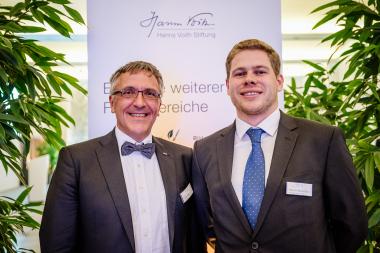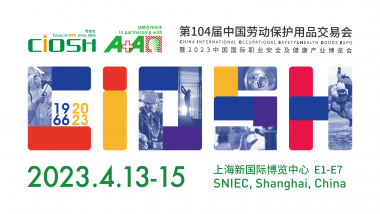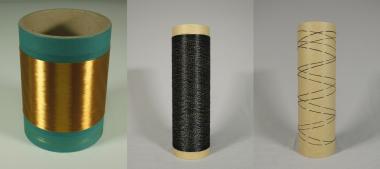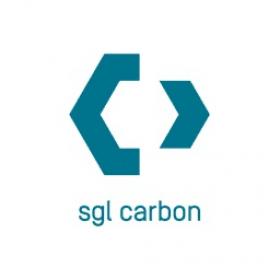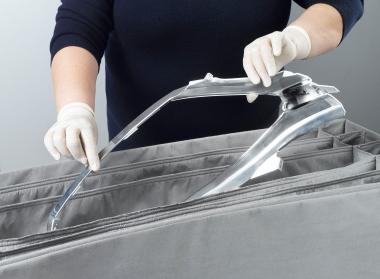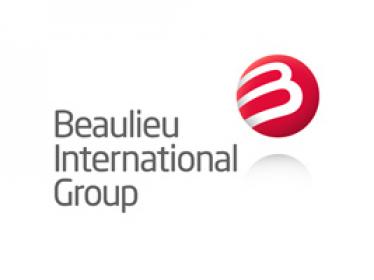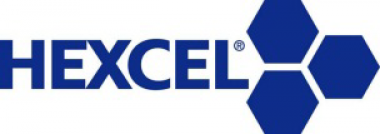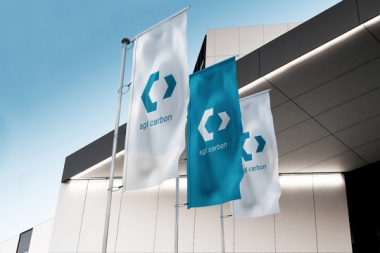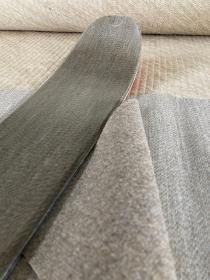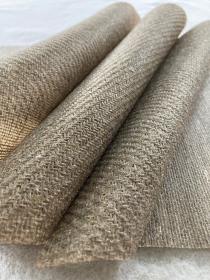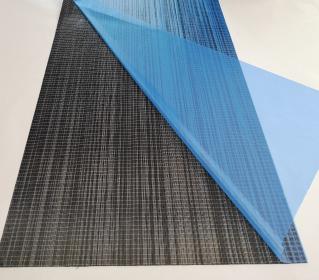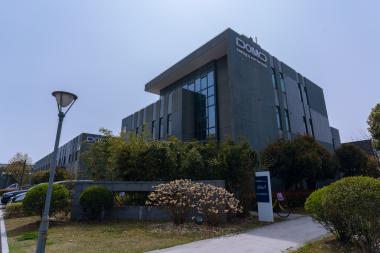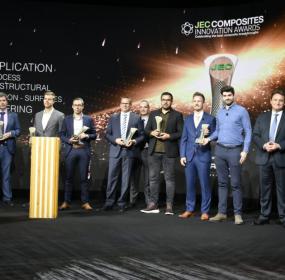Future cost reduction through ultra-thin PE carbon fibres
- ITA Master's graduate wins Hanns Voith Foundation Award 2023
In his Master's thesis, Flávio André Marter Diniz, a graduate of the Institut für Textiltechnik of RWTH Aachen University (ITA), developed ultra-thin polyethylene (PE) carbon fibres with a filament diameter 2-3 times smaller than usual. In addition, the use of PE-based precursors will make it possible to reduce the price of carbon fibres by 50 per cent in the future, thus opening up a wide range of other possible applications in key industries such as wind power, aerospace and automotive. For this groundbreaking development, Marter Diniz was awarded the Hanns Voith Prize with the Hanns Voith Foundation Award in the category "New Materials". The prize is endowed with € 5,000 in prize money.
Flávio André Marter Diniz won the prize in the category "New Materials" for his master thesis entitled "Investigation of the stabilisation and carbonisation process for the production of ultra-thin polyethylene-based carbon fibres".
The use of carbon fibres in highly stressed lightweight construction solutions, such as today's growth applications of wind turbines or pressure tanks, has become indispensable due to their excellent mechanical properties and low density. High manufacturing costs of conventional PAN precursor-based carbon fibres make the material very cost-intensive. In addition, it is not sufficiently available. New manufacturing approaches that develop alternative raw materials and manufacturing processes can be a key and growth engine for further industrial composites applications.
The aim of the work was to develop a new and cost-effective manufacturing process for high-quality ultra-thin carbon fibres using a polyethylene precursor. For this purpose, the sulphonisation process, which is time-consuming today, was to be significantly shortened. As a result, Mr. Marter Diniz produced novel ultra-thin polyethylenebased carbon fibres with a filament diameter < 3 μm with an excellent surface quality of the fibres without detectable structural defects. The fibre diameter is 2-3 times smaller than that of conventional PANbased CF. This provides the basis for mechanically high-quality material properties. At the same time, Mr. Marter Diniz was able to reduce the sulphonisation time by 25 percent. The developed material and technology set important milestones on the way to cheaper carbon fibres. With PE-based precursors, the price of CF can be reduced by 50 percent compared to conventional PAN-based CF.
A total of five other young scientists were awarded in six categories (Drive Technology, Innovation & Technology/Artificial Intelligence, New Materials, Paper, Hydropower and Economic Sciences. This year, for the 10th time, the Hanns Voith Foundation awarded the Hanns Voith Prize to outstanding young scientists.
carbon fibers lightweight construction RWTH Aachen, ITA, Textiltechnik costreduction
ITA Institut für Textiltechnik of RWTH Aachen University


